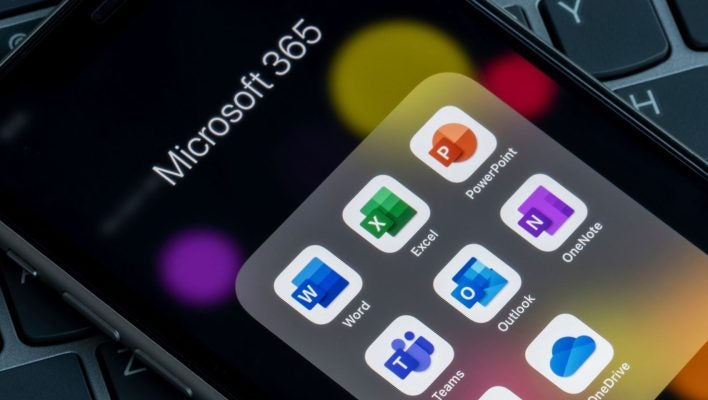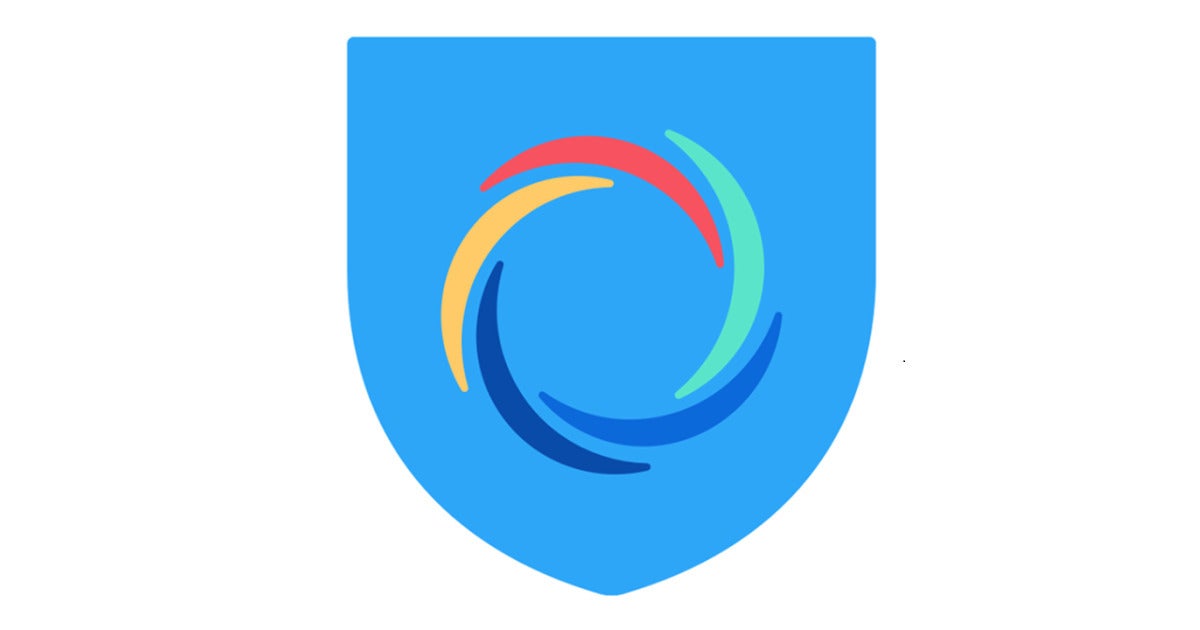Microsoft Copilot is another AI to rival ChatGPT. But what is Copilot exactly, and is it really that separate from ChatGPT?
Going into 2024, generative AIs are the buzziest tech topic. But just one of them — ChatGPT — is getting nearly all the attention. Granted, Elon Musk’s new tool, “Grok,” is attempting to steal some limelight, but let’s not forget one of the oldest competitors: Microsoft Copilot.
What Is Microsoft Copilot?
Copilot is a chatbot, designed for a back-and-forth conversation with any given user. This is similar to the basic iteration of ChatGPT.
Copilot lets users pick what style of conversation they want to have: More creative, more balanced, or more precise. It will help you with tasks like meal prep plans or to recommend furniture brands — answering questions that are a little too complex to just Google.
But the secret here is that “Microsoft Copilot” can refer to multiple different applications, depending on where you’re accessing them. The version on the search engine Bing has been around since February 2023 as “Bing Chat” and was recently rebranded.
On Windows 11, Copilot has appeared since late September as a button that you can click to pull up a righthand sidebar that hosts the chatbot. It works the same way on Windows 10, as of November 16.

Microsoft Copilot functions in Windows 10 with a sidebar, as it does on Windows 11. Image source: Microsoft
Why Are There So Many Versions of Microsoft Copilot?
Like any massive multinational technology corporation, Microsoft has so many different products and services, often gained through a long history of acquisitions, that establishing a single throughline can be difficult or even impossible in some cases. Calling all its AI applications “Copilot” helps the company to spackle over these differences.
We’ve mentioned the Bing version and the Windows version. Here are all the other applications:
- Github Copilot is the earliest version, and it launched the “Copilot” brand in 2021 with a coding-specific version of the AI.
- Copilot for Microsoft 365 is rolling out to the enterprise business software users across November, with non-enterprise users still waiting in line until an unspecified date.
- Sales Copilot launched in early November 2023.
- Service Copilot launched in mid-November 2023.
- Copilot in Microsoft Viva Insights is previewing in January 2024, bringing AI tools to the employee management platform.
Of these all, Github Copilot is the odd one out, as it’s functions aren’t anchored in the same “foundational LLMs” that the other tools rely on.
No matter which version you use, you’re getting an AI tool that typically functions as a chat bot, delivering answers fine-tuned to the needs of the product you’re using. The search engine AI gives general answers, the 365 AI helps pull out insights from your company data, and in 2024, the Viva Insights AI will analyze employee data to deliver business-specific insights.
Copilot vs ChatGPT Pricing
Microsoft Copilot is more of an add-on than a standalone service, so its “pricing” is tough to quantify: Enterprise pricing for Microsoft 365 starts at $36.00 per user, per month, with an annual commitment, and it’s the only way to get Copilot on Microsoft 365. But you’ll also be getting a huge licensing package that includes Word, Outlook, Microsoft Teams, and way more.
A GitHub Copilot subscription costs $10 per month, or $100 per year when billed annually, although businesses must pay $19 per user per month.
Copilot for Sales, Service, or Viva Insights is bundled with the cost for those services.
Is Microsoft Copilot free?
Some versions of Microsoft Copilot — but not all — won’t cost you a cent. Head over to Bing and you’ll get that version of Copilot for the low, low cost of zero dollars. You can also get Copilot on Windows 10 and 11 for free: Just download the most recent software updates and they’ll be included.
In sharp contrast, ChatGPT pricing is easy to explain: There’s a free GPT-3 version, and there’s a paid $20-a-month version that opens up access to third-party ChatGPT plugins, a newer GPT-4 model, and integrations with the image-based AI DALL-E 3. There’s an enterpise tier of ChatGPT as well, which lets businesses train their own version with custom data.
Copilot vs ChatGPT: Data Sources
The large language models (LLM) behind ChatGPT were trained on a vast range of data publically available on the internet, scraping everything from artists’ oeuvres to entire libraries and news archives. However, both the GPT-3.5 and GPT-4 models only use data from prior to September 2021, meaning that current news stories won’t be in the mix.
Copilot, once again, is hard to explain, since it refers to different models. Here’s what to know about Copilot data sources for GitHub Copilot and the other Microsoft services.
- The GitHub Copilot is powered by the OpenAI Codex, which was trained on some of the English language, all public GitHub repositories, and additional unspecified publicly available source code.
- Copilot for Microsoft 365 and other platforms will draw on “foundational LLMs” that Microsoft uses but is targeted towards the specific tasks users are trying to accomplish when using Word, Excel, PowerPoint, Outlook, Teams, Loop, and the other applications that it exists for.
Microsoft says that its “AI-powered LLMs are trained on a large but limited corpus of data” and while this is a little vague, Microsoft works closely with OpenAI (which it has invested billions into) and draws on ChatGPT to at least some extent.
So, if you use ChatGPT you get ChatGPT, and if you use a Microsoft Copilot tool, you get ChatGPT plus all the data available on your Microsoft products.
One thing we can confirm for sure: No version of Microsoft Copilot is trained on its customers’ proprietary data — it will use your data locally in order to deliver tailored business insights, but customer data won’t be added to the pool of data that the AI itself learns from.




